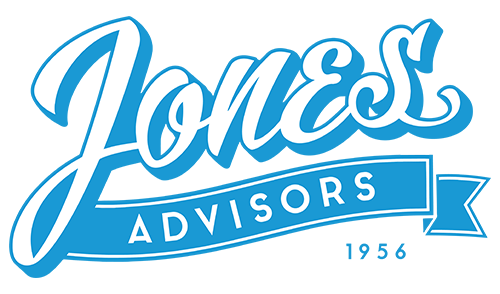
Earlier this month, President Trump’s administration (Department of Labor) released the first draft of proposed regulations to allow the creation of Association Health Plans (AHPs). If approved, this would allow employers without common ownership or control to come together under an association for the purpose of purchasing health benefits.
Could this possibly create more options or better pricing for your group health insurance plan?
These associations sponsoring an AHP would be required to have a formal organizational structure with a governing body and bylaws, and its functions and activities would need to be controlled by its employer members. The rules specifically allow self-employed individuals, sole proprietors and small employers to be a part of the Association Health Plan provided they:
- Are within the same trade, industry, line of business, or profession; or
- Have a principal place of business within a region that does not exceed the boundaries of the same state or the same metropolitan area
NOTE: This rule is designed to allow an employer with one owner/employee to fall within the group side of the health insurance market (something already allowed in a number of states, including North Carolina). In addition, some of the biggest proponents of this rule have been the trade associations and chambers of commerce as an additional revenue source for their entities.
Other highlights to the proposed rule:
- Prohibits the association from excluding or restricting membership based on any health factor (health status, medical condition (including both physical and mental illnesses), claims experience, receipt of healthcare, medical history, genetic information, evidence of insurability, and disability) and from charging an employer and/or individual employees or dependents within the association a higher amount than another based on the outcome of medical underwriting or health factors;
- AHPs would not have to include benefits across the ten broad “essential” categories of care, including hospitalization, prescription drugs and emergency care (this matches the EHB exception that large employers have under the ACA, but it isn’t clear if AHPs must meet the minimum value standards or match a benchmark plan); and
- AHPs would also be exempt from the ACA’s medical loss ratio rule requiring they spend at least 80 percent of premium revenue on medical care.
While this sounds like an exciting opportunity for us given our creativity and risk management mentality, this is not the first time we’ve seen something like this. History teaches us that it is more likely to fail than succeed. As we saw in North Carolina and other states with their health insurance purchasing cooperatives, the assumption that small employers can purchase health insurance better together than on their own has not been proven. In addition, this kind of pooled approach is already used in most states small group markets by each carrier.
We are continuing to evaluate how this will go, but be cautious in jumping into this option as a long-term solution for health care costs.

